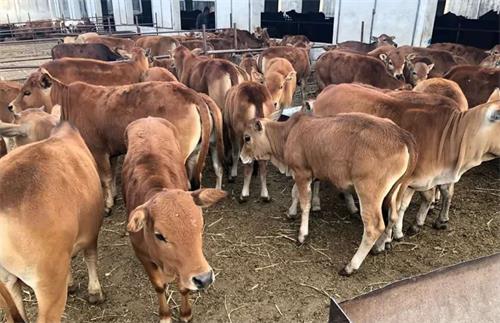The transmission and reception circuit of veterinary B-ultrasound is a key component of pulse echo ultrasound diagnostic equipment, which has a significant impact on the quality of the instrument. The emission of ultrasonic pulses is accomplished by a piezoelectric transducer, and its excitation energy is taken from the high-voltage electrical pulses provided by a high-voltage pulse generator.
In veterinary B-ultrasound diagnostic equipment, except for some Doppler blood flow detection devices, most of them use transducers that share the transmission and reception. The shared transmission and reception of veterinary ultrasound transducers reduces transducer costs and simplifies transducer manufacturing processes; However, due to the high sensitivity of the receiving circuit being connected to the high-power ultrasound transmitting circuit, an isolation stage must be added to the Veterinary ultrasound receiving circuit to avoid the receiving circuit being destroyed by high-voltage transmitting pulses.
The signal is isolated and then pre amplified. The preamplifier circuit mainly completes impedance transformation and obtains a certain dB gain of the signal. The specific gain size will be determined by the sensitivity and gain allocation of the whole machine. The basic requirements for the isolation level in the veterinary B-ultrasound receiving circuit are: any large amplitude transmitted pulses cannot pass through, or the amplitude is limited to a smaller range; And for smaller echo signals, they are allowed to pass through almost without attenuation, so that the isolation level has no significant impact on the overall sensitivity of the machine. The method of parallel connection of two diodes at the receiving end should be adopted to limit the amplitude of the echo signal within a certain range.







